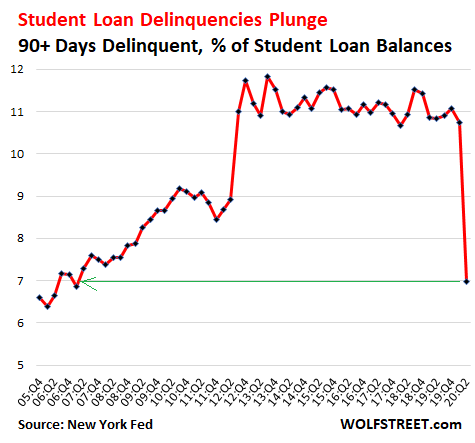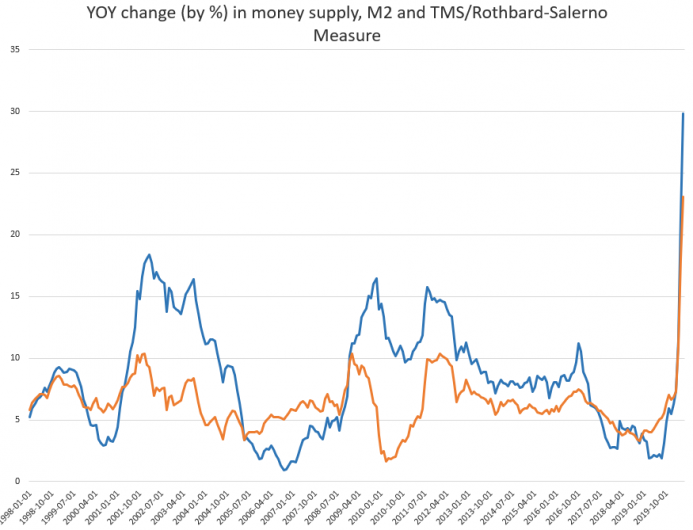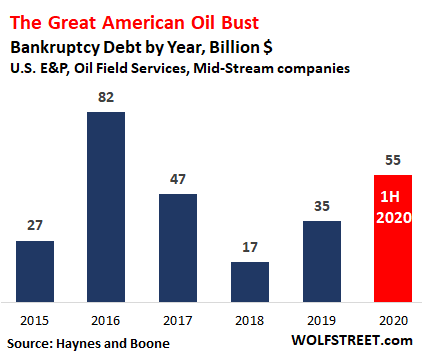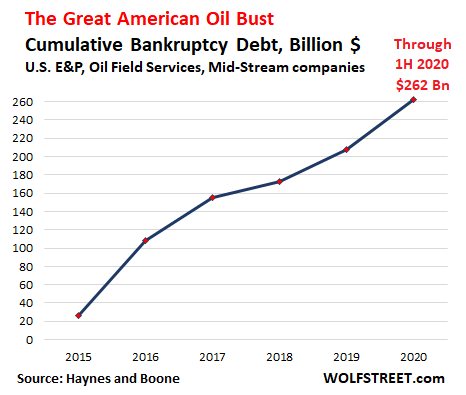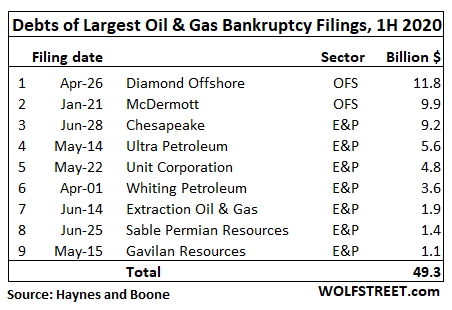In 1976, economist Herbert Stein, father of Ben Stein, the economics professor in Ferris Bueller’s Day Off, observed that U.S. government debt was on an unsustainable trajectory. He, thus, established Stein’s Law:
“If something cannot go on forever, it will stop.”
Stein may have been right in theory. Yet the unsustainable trend of U.S. government debt outlasted his life. Herbert Stein died in 1999, several decades before the crackup. Those reading this may not be so lucky.
Sometimes the end of the world comes and goes, while some of us are still here. We believe our present episode of debt, deficits, and state sponsored economic destruction, is one of these times.
We’ll have more on this in just a moment. But first, let’s peer back several hundred years. There we find context, edification, and instruction.
In 1696, William Whiston, a protégé of Isaac Newton, wrote a book. It had the grandiose title, “A New Theory of the Earth from its Original to the Consummation of all Things.” In it he proclaimed, among other things, that the global flood of Noah had been caused by a comet.
Mr. Whiston took his book very serious. The good people of London took it very serious too. Perhaps it was Whiston’s conviction. Or his great fear of comets. But, for whatever reason, it never occurred to Londoners that he was a Category 5 quack.
Like Neil Ferguson, and his mathematical biology cohorts at Imperial College, London, Whiston’s research filled a void. Much like today’s epidemiological models, the science was bunk. Nonetheless, the results supplied prophecies of the apocalypse to meet a growing demand.
It was just a matter of time before Whiston’s research would cause trouble…
Judgement Day
…click on the above link to read the rest of the article…









